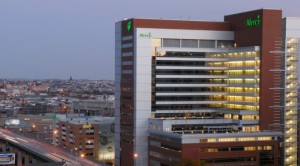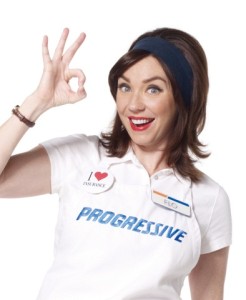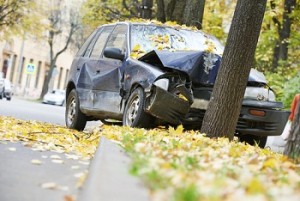The Maryland Court of Appeals delivered its opinion in Barclay vs. Briscoe v. Ports America, a car accident case where the plaintiff was seriously injured by a man who had just finished a twenty-two hour shift at a job at the Port of Baltimore.
Liability was not at issue here, meaning everything proceeded on damages. But the driver had a limited insurance policy that would not fairly compensate the  victim for his injuries. So a creative plaintiffs’ lawyer argued that it is a jury question whether the driver’s employer is responsible because the employer had set the table for the car accident by overworking the driver and letting him drive home.
victim for his injuries. So a creative plaintiffs’ lawyer argued that it is a jury question whether the driver’s employer is responsible because the employer had set the table for the car accident by overworking the driver and letting him drive home.
This argument is novel. But it is held together by more than just duct tape and the magic of defense lawyers’ laughter: it makes some sense that a reasonable jury could find that the employer knew that its fatigued employees posed foreseeable harm to themselves and other motorists when they drove home from work.
When you are trying to make new law, dig around to find something somewhere that seems on point. Plaintiff’s lawyer found a great case in Timbuktu Oregon that seemed on point. In Faverty v. McDonald’s Restaurants of Oregon, Inc., 892 P.2d 703 (Or. App. 1995), a high school student who worked three shirts for a McDonald’s restaurant in a 24-hour period. Driving his car home, the boy fell asleep and hit someone head-on, killing the boy and seriously injuring another driver.
Pretty much sounds like the same set of facts, right? The Court of Appeals of Oregon found McDonald’s had a duty to avoid conduct that unreasonably creates the foreseeable risk of harm to others, and that a jury could reasonably find that the employer should have foreseen that the boy would become so exhausted or fatigued after working three shifts in one 24-hour period. Continue reading
 Maryland Injury Law Center
Maryland Injury Law Center









